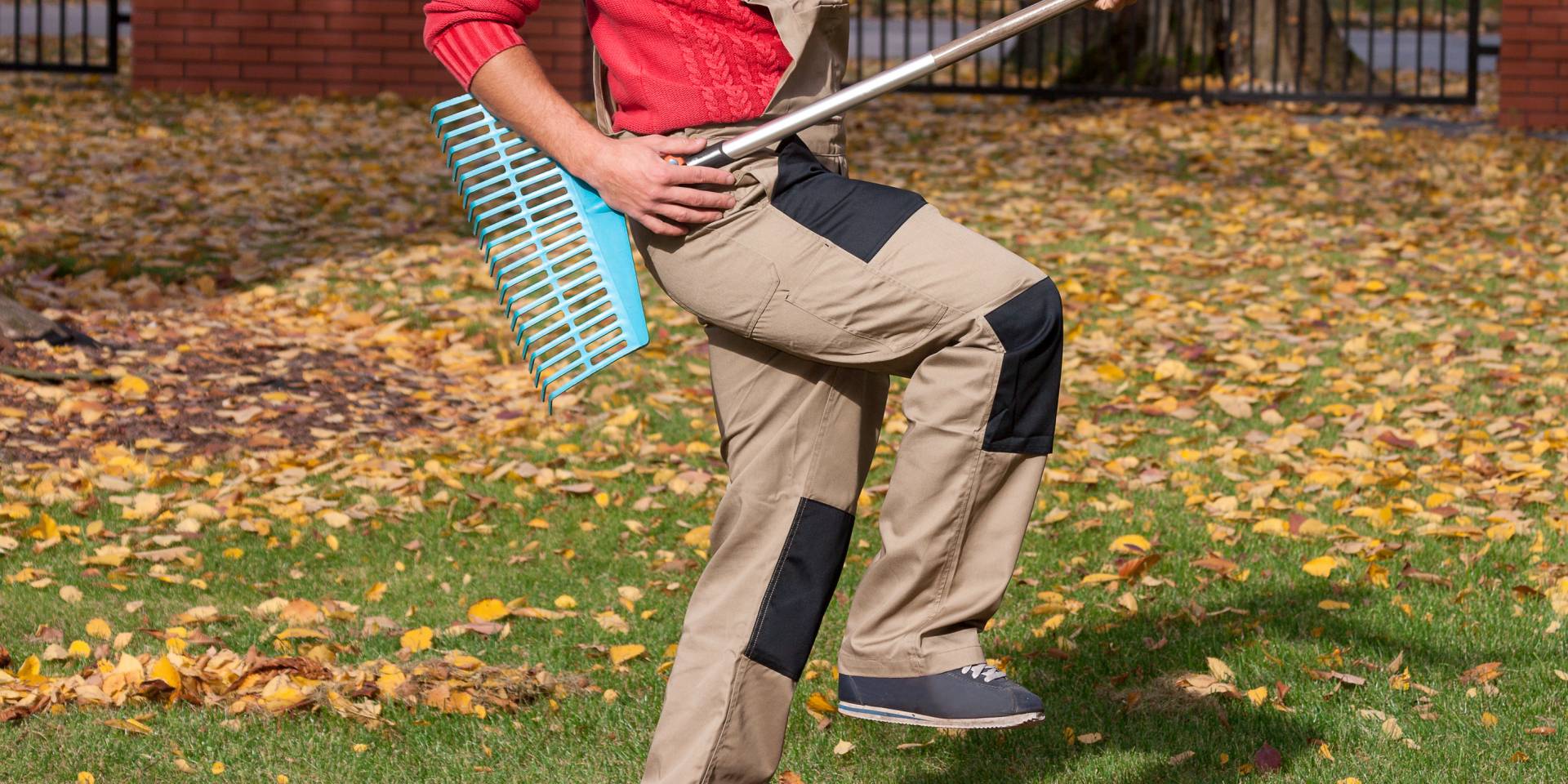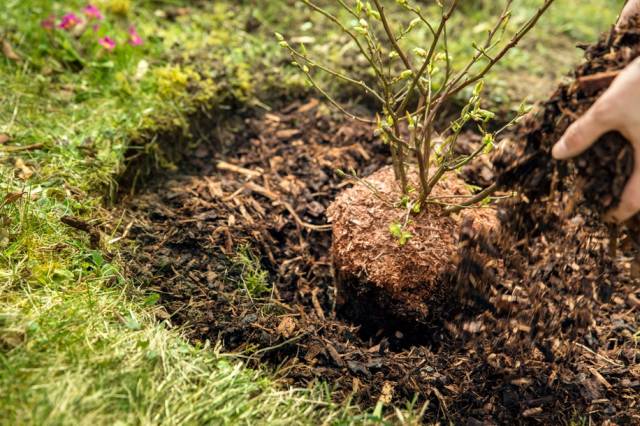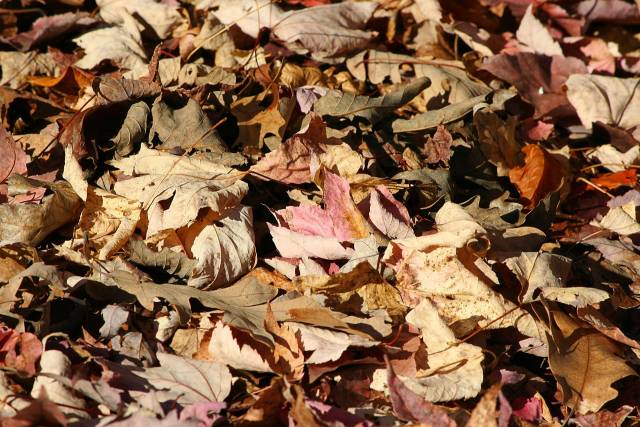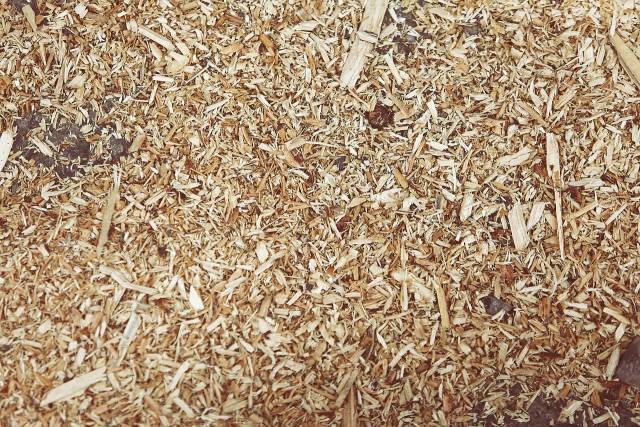To Mulch or Not to Mulch?

Don’t think twice, you homeowners with trees or shrubs – the answer is a resounding yes!
Mulching in the fall protects plant roots from extreme temperatures in the winter months. And while the Farmer’s Almanac is noncommittal about the kind of winter we’re going to have – mulching is time and effort well spent, in any case!

According to a Colorado State University gardening series, to protect fall transplants by keeping soil temperatures above freezing longer into the fall (encouraging root growth), then your best best is to apply the mulch right after transplanting.
But, if the mulch is to reduce frost heave (which can break roots, push plants up and expose roots above the soil) it’s better to apply it after the first hard frost. Garden.org says we can expect that first frost to be around October 22. We’re clueless about HOW they know that, but it does leave a few weeks for us to get our mulching act together!
How Much and Where?
Experts recommend a mulch depth of three-to-four inches using medium to coarse-textured materials, and spreading it under trees, shrubs and throughout your garden.

Don’t pile the mulch up against the base of a tree, or you may let moisture to seep around the base, causing the
bark to decay and making the tree susceptible to disease. The mulched area should extend to the edge of the tree branches, or cover an area about four-foot in diameter around the trunk.
You might as well not put down any mulch at all if you don’t apply enough. Skimping won’t do much to insulate roots and reduce moisture loss.
Organic and Composted
A long-lasting organic mulch option is pine bark or shredded bark. Other options are grass clippings, as well as animal manure (mixed with coarse-textured material), newspaper or straw. Composted leaves will work, and even though it’s not all that attractive, all you need is a simple compost bin to turn leaf litter into leaf mulch. The result is a nutritious material with high amounts of calcium and magnesium – both beneficial for healthy plant growth.
Cheap and Free
The City of Aurora gives away free mulch and asks residents to bring a pick-up truck or open trailer. The last free loader days were in August, but you can call Aurora Forestry at 303-739-7177 for more information about the city mulch pile and how much is left.

For another cheap and possibly free source of mulch, ask a local tree service for wood chips. If chips are not composted, gardening experts suggest applying a nitrogen fertilizer (a half-pound per 100 square feet of chips) for best results..
Medium-textured mulch is preferred because finer particles will pack down and retain moisture, which evaporates before reaching plant roots.
Fall Gardens
If you have a garden and aren’t completely fatigued by maintaining it, now is the time to “amend” the soil for spring. Adding organic matter, humus and manure to the soil in the fall gives it an entire winter and spring to become biologically active. Here’s an organic gardening tip – when you wait to add nutrients to the soil until Spring, there is a delay until they marry the soil and begin to infuse any benefit to plants.
The DIY Network has some tips about winterizing your lawn in the fall. Taking time now to prepare for winter and spring will insure great gardens and enviable curb appeal in 2018!
Pride in Crystal Valley!
Homeowners in the master-planned community of Crystal Valley take great pride in their landscaping and curb appeal. We invite you to tour the neighborhoods here and explore the stunning model by Kauffman Homes and the latest in home designs by Richmond American Homes and D.R. Horton, available in ranch or two-story models, and priced from the high $300s.


